In April I joined the team in the Department of World Cultures here at National Museums Scotland as Assistant Curator. Over the next 18 months I will be working on a Pacific Collections Review project supported by the Esmée Fairbairn Collections Fund.
What’s the project all about?
This is an exciting partnership project between National Museums Scotland, Aberdeen University Museums, Glasgow Life, and Perth Museum & Art Gallery. Although I will be based at National Museum of Scotland, I will be visiting the partner museums to carry out work there too. One of the main aims of the project is to reconnect dispersed collections of Pacific material held in museums across Scotland. We know that there are connections between different Scottish collections and want to spend time exploring these relationships.
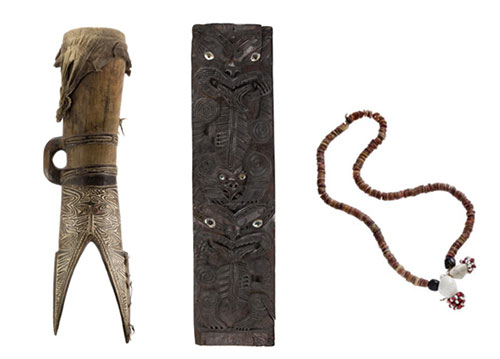
The Pacific collections at all four partner museums are largely from the period of the early nineteenth to the early twentieth century, when Scottish engagement with the Pacific peaked. At this time, many collections found their way into museums through local Antiquarian Societies. The early date of these collections means that many are of international significance, particularly to communities in the Pacific. It’s also possible that some significant artefacts have still to be identified. We hope the project will have relevance not only for Scottish museums and the development of resources for those working with Pacific objects in their collections, but will also improve access for international scholars and source communities.
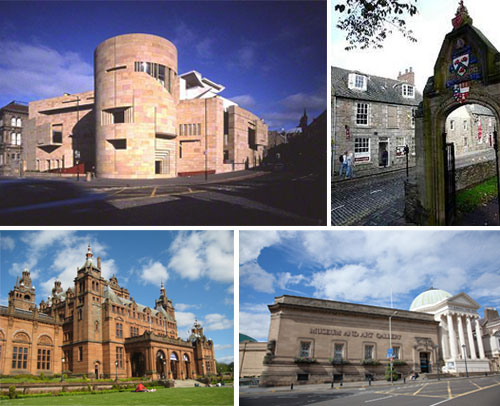
Once I have reviewed the collections, I will be creating Collections Level Descriptions which will be accessible online. Collections Level Descriptions, or CLDs, are exactly how they sound – descriptions of a group of objects, rather than in-depth descriptions of specific artefacts. The CLD will illustrate stories that emerge across the collections, such as historical associations with particular collectors. As the project progresses, I will also produce an introductory guide to Pacific Collections. I hope the result will be a useful tool for people working with Pacific collections in future who are unfamiliar with Pacific material culture.
So where is the Pacific?
One of the questions a lot of people have asked me since I started the project is ‘What do you mean by The Pacific?’ In the context of this project we mean the Pacific Island regions of Polynesia, Melanesia, and Micronesia, located in the Pacific Ocean. For anyone not familiar with these places, visiting the Facing the Sea gallery in the National Museum of Scotland on Chambers Street is one best ways to find out more.
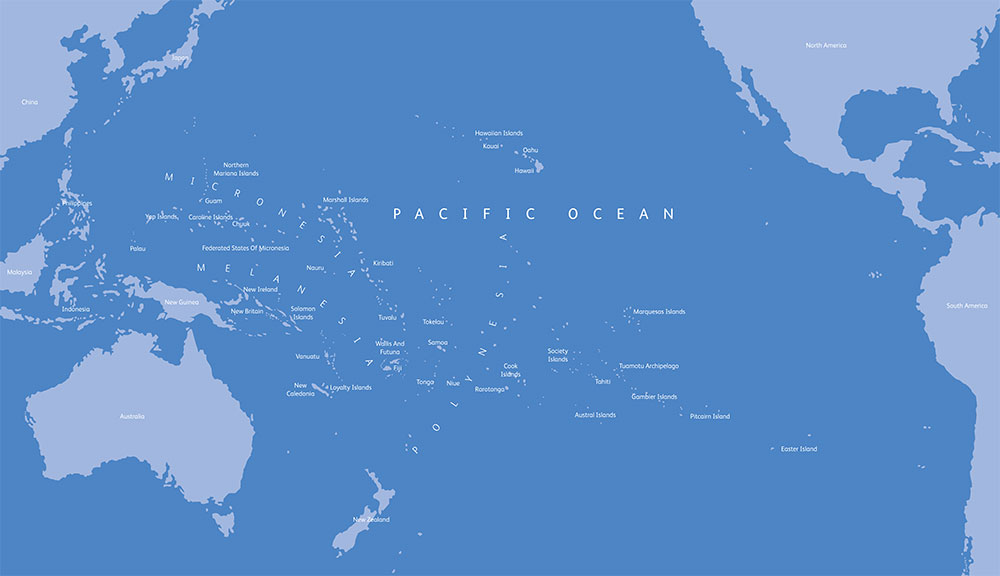
Looking forward
My first month or so has been a busy one and I anticipate this will continue! As is often the case when working on a project with tight deadlines, it’s been important to hit the ground running and get stuck into things straight away. I have had the opportunity to spend time in the stores at the National Museums Collection Centre with Chantal Knowles, Principal Curator of Oceania, Americas and Africa, and Ross Irving, Assistant Curator for Oceania, Americas, and Africa and of Ancient Mediterranean Archaeology.
As well as familiarising myself with the general procedures and considerations when working in the stores, I’ve been learning about specific aspects of working with material from the Pacific. For example, it is believed that Maori carvings are imbued with ancestral spirits so it’s important to thoroughly wash my hands after any handling as it could be dangerous for me. I have also visited each of the partner museums to meet my colleagues there and for an introduction to their collections and stores.
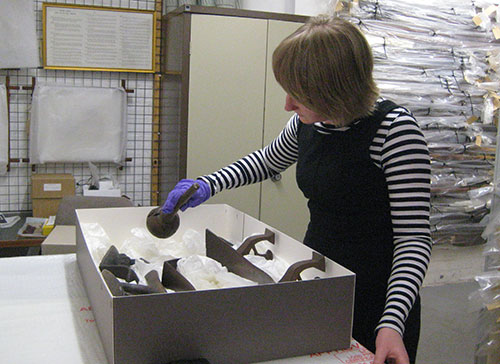
In the office, I have been researching other collections reviews and considering what would and wouldn’t work for this project. I have also begun a review of the Hawaiian collection at National Museums Scotland. This will allow me to try out my review process and think about what can be modified to be more effective as the project continues. The Hawaiian collection numbers around 90 artefacts and is relatively small compared with those of other geographical regions covered by the Pacific collections here. The majority of objects show status and wealth, such as the feather cloak below.
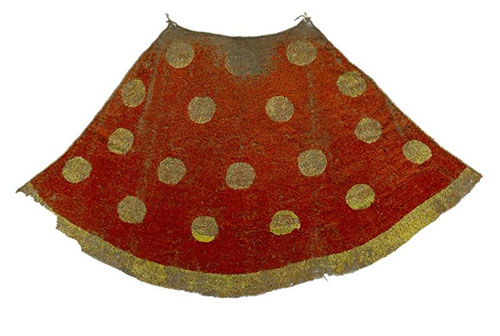
You can find out more and keep up to date with the project as it progresses here.
